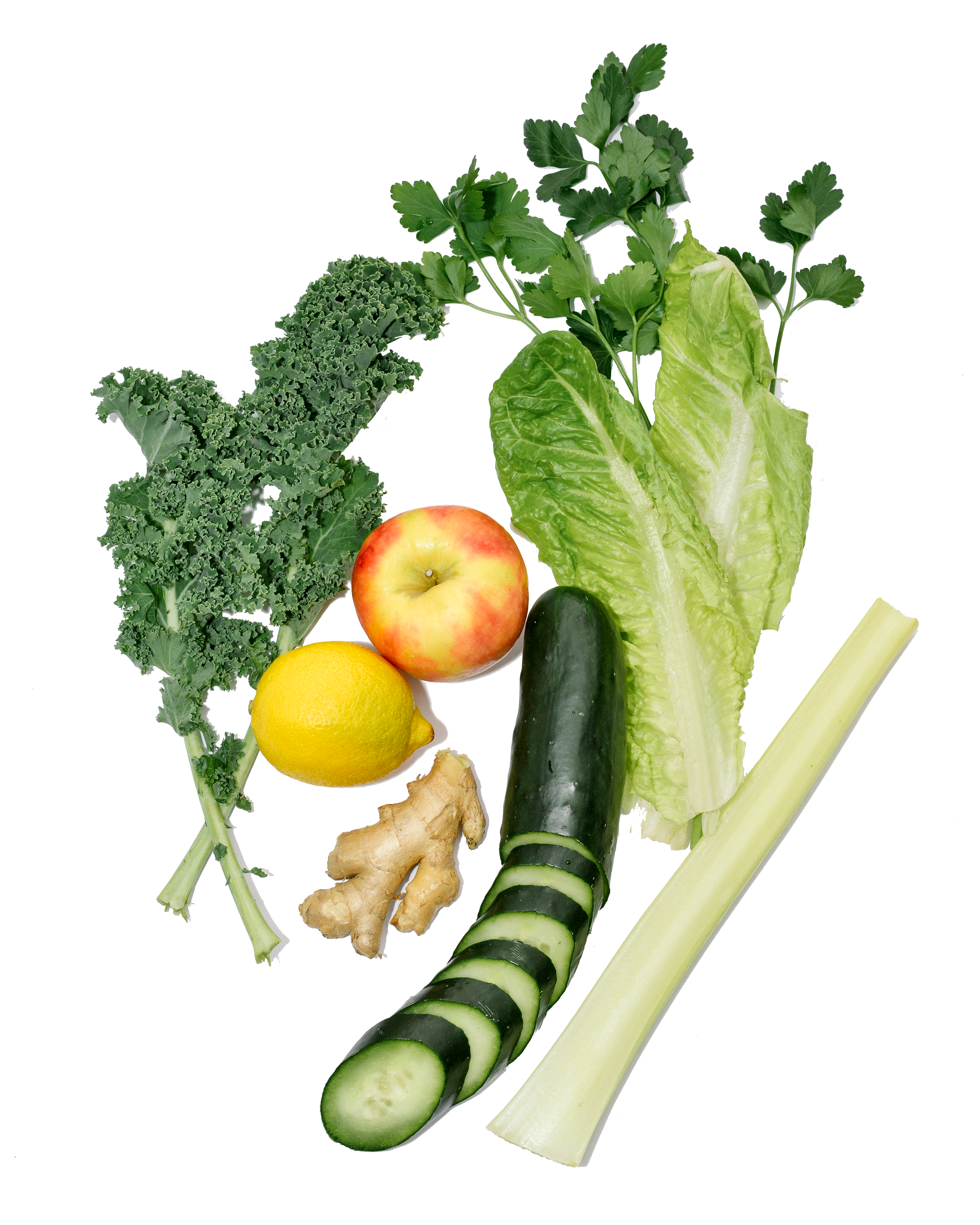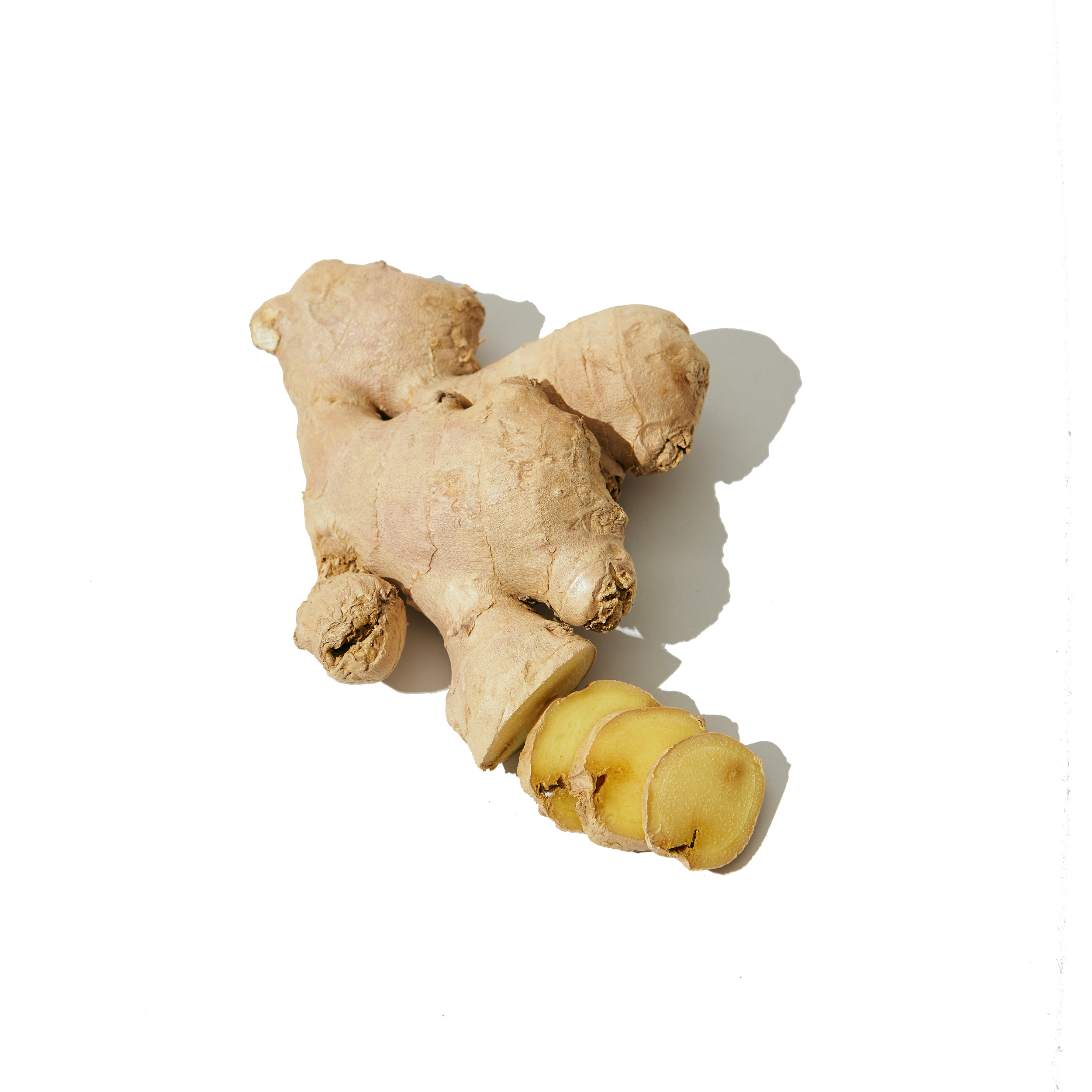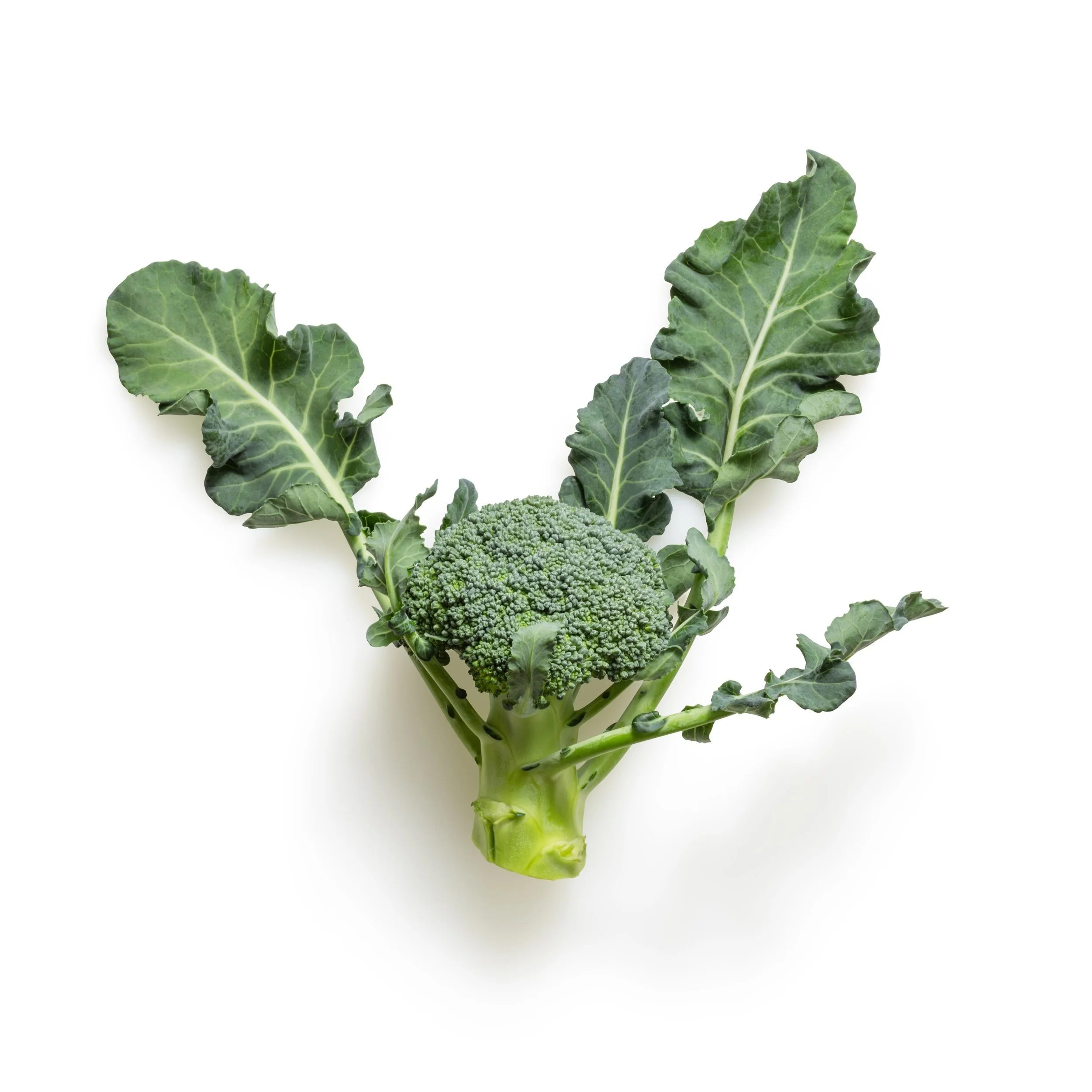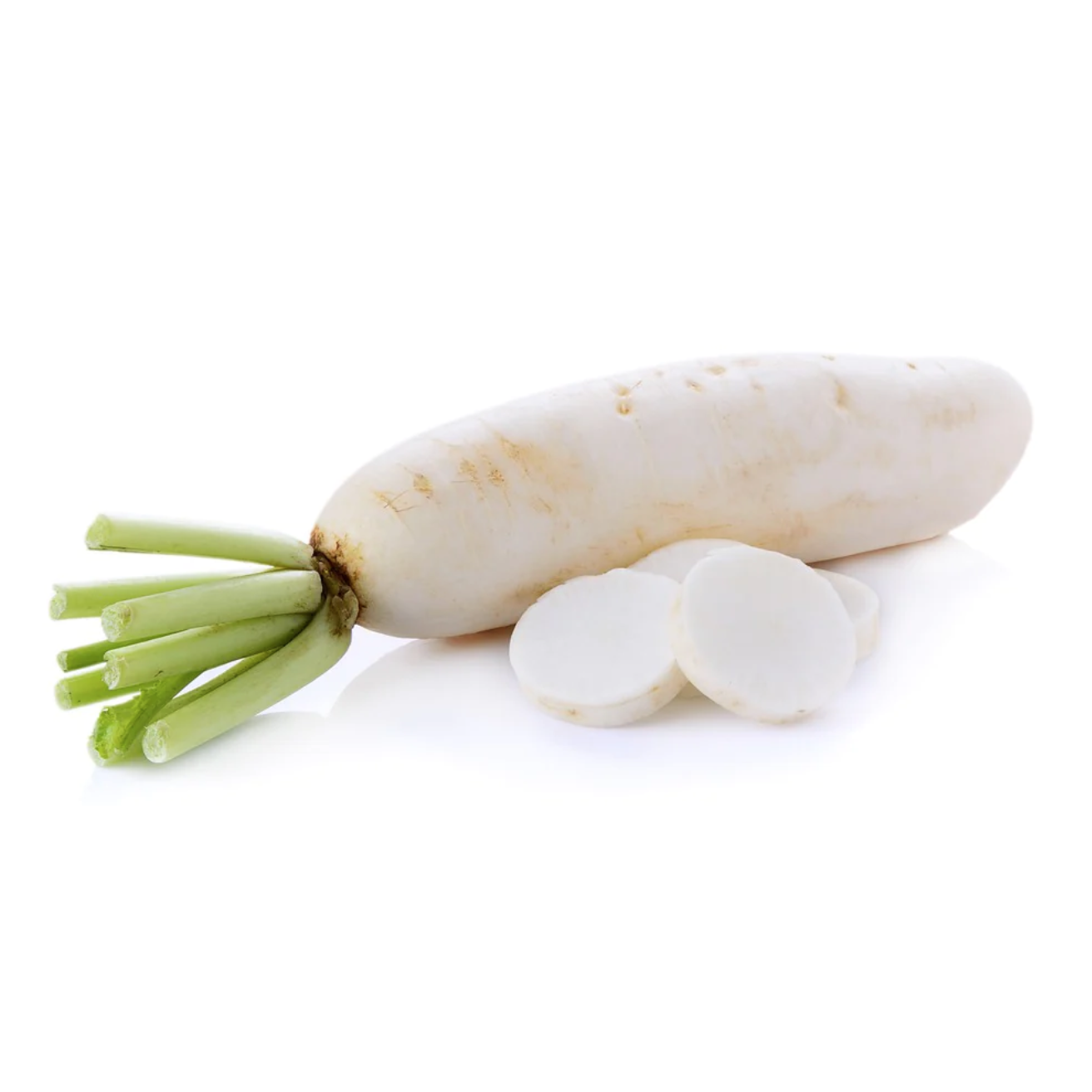5 in season fruits & vegetables: February edition
New year, new seasonal fruits and vegetables. In this February edition, we are bringing you vegetables that are not only in season but that are also perfect for a Chinese New Year menu. Serving you recipes that are simply delicious, we hope you enjoy them as much as we do!
(Hint: there is common thread linking all of these vegetables… Can you guess by the end of reading the blog? It starts with a ‘p’ and ends with ‘rosperity’)
薑 Ginger
In season between the months of November to February.
It's no surprise that ginger makes it to the list of ingredients that are indispensable to Chinese culture. And yes, ginger IS a vegetable. A root vegetable to be precise, also known as a rhizome. Although its culinary definition and use as a spice makes it confusing, this popular vegetable is sure packed with flavour.
Additionally, ginger is loaded with health benefits being high in antioxidants:
- prevents damage to the body's DNA,
- helps the body fight off chronic diseases,
- used as anti-nausea/anti-vomiting medication in Traditional Chinese Medicine for centuries,
- stimulates the digestive tract,
- used to treat inflammatory diseases and,
- can safely help pregnant women with morning sickness.
In China, the ginger is a hot or yang vegetable and is used to provide balance to the cool or yin flavours in a dish. For many centuries, ginger and garlic provide the flavour palette of many Chinese recipes. Yet today, we thought we would share a recipe that is more on the sweet side to spices things up! It's a dish that is known as a “year cake” or “nian gou”. It is popularly enjoyed during Chinese New Year as it represents prosperity. More on its significance in next week's Tuesday Tips 😉
紹菜 Celery Cabbage
In season between the months of November to March.
The humble cabbage is in fact more modest than any other vegetables in this list. And no, we're not being biased. The versatility of this vegetable speaks for itself! From stir-fry, to dumpling filling, to rolls, to hotpot and many other ways, there is a reason for the Chinese saying: “Bai cai is better than a hundred vegetables” (‘bai cai’ is cabbage in Chinese). On top of this, its name is a pun for “100 wealth”. Hence, adding to its significance in Chinese New Year dishes. See? We're not being biased.
The celery cabbage carries a mustard hint that is balanced by a sweet flavour. It shares the same genus as Brussels sprouts, cauliflower, broccoli, and turnips for example. Its health benefits include:
- high in multiple vitamin Bs, vitamin C, vitamin K
- high in copper, iron, calcium and manganese (a vital antioxidant that helps get rid of free radicals in our bodies).
As mentioned previously, the significance of the cabbage in Chinese culture explains its value to table over the Lunar New Year. Representing prosperity, consuming this vegetable will hopefully ring in 100 wealth. And we have just the recipe to share with you to enjoy the cabbage!
芋頭 Taro
In season between the months of November to February.
A veritable vegetable in Chinese culture: every part of the vegetable has a meaning. Truly a beautiful way of respecting a plant to consuming it fully, from roots to leaves. Representing abundance and community, the act of replanting its stalks also carries a metaphor for family continuity (paralleling the circle of life and heritage). Hence, consuming taro over the holidays means more than food; a poetic link to ancestors, a hope for prosperity and a deeply rooted nod to Chinese traditions.
Moreover, the taro is a staple in many Asian cuisines due to its versatility and nutrition. This starchy root is a culinary chameleon, from being savoury to sweet, to adding flavours and creamy textures, it also has the ability to paint your desserts into colourful purple hues. Our mouths are watering just at the thought of all of this. So without further ado, we have selected a popular Chinese dessert in honour of the famous taro.
西蘭花 Broccoli
In season between the months of December to April.
The mighty broccoli is considered a superfood because it is full of nutrients. Being rich in vitamins C and K, fibre, folate and phytonutrients, there isn't much that the broccoli doesn't contain to ensure you can maintain a good health.
Although broccoli is not traditionally found in China, it was first introduced by the traders from the West (its Chinese name even highlights it, ‘西蓝花’ or ‘xīlánhuā’ where the first syllable means west). Since, it has sore in popularity in Chinese cooking due to its flavour and versatility. Eating broccoli over the Chinese New Year period symbolises happiness, health and liveliness. And today, we present to you a dish that is especially popular during Chinese New Year because of its prosperity and new beginning symbolism.
白蘿蔔 Chinese White Radish
In season between the months of November to March.
Another root vegetable to add to the list, the white radish is rich in vitamins, minerals and important plant compounds. It also offers a variety of health benefits including protecting from chronic diseases, supporting liver functions and promoting weight loss.
The white radish carries a homophone significance: its Chinese pronunciation ('choi tau' or 'cai tou') sounds similar to the words for 'good luck' in Chinese. Hence, its popular dish called turnip cake (not actually turnip) makes it an auspicious cake and is said to bring luck and prosperity to the eater. Although the turnip cake, or lo bak go, can be found throughout the year in dim sum restaurants, it is certainly present as one of the main dishes during Chinese New Year. Being a seasonal produce of winter, they taste especially the sweetest and best over this period. Various recipes exist for the turnip cake with different combinations of mushrooms, fermented sausages, dried shrimps, dried scallops and more to create an explosion of umami flavour. Here we share one that is perhaps the most common and traditional version.
For more information on seasonal vegetables, have a look at this amazing Seasonal Calendar of Vegetables and Fruits from Hong Kong made by Slow Food HK. You can also find a great repertoire of seasonal highlights in Hong Kong from Kadoorie Farm and Botanic Garden.






